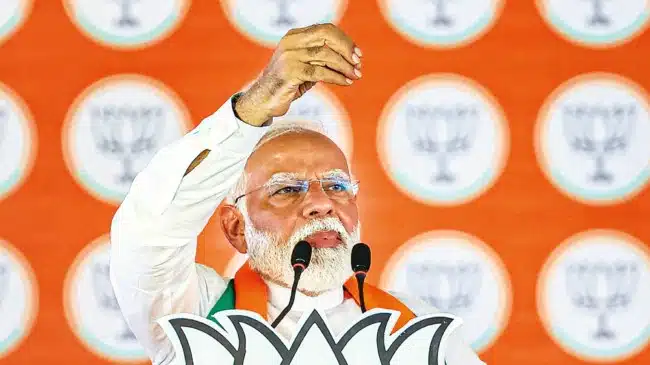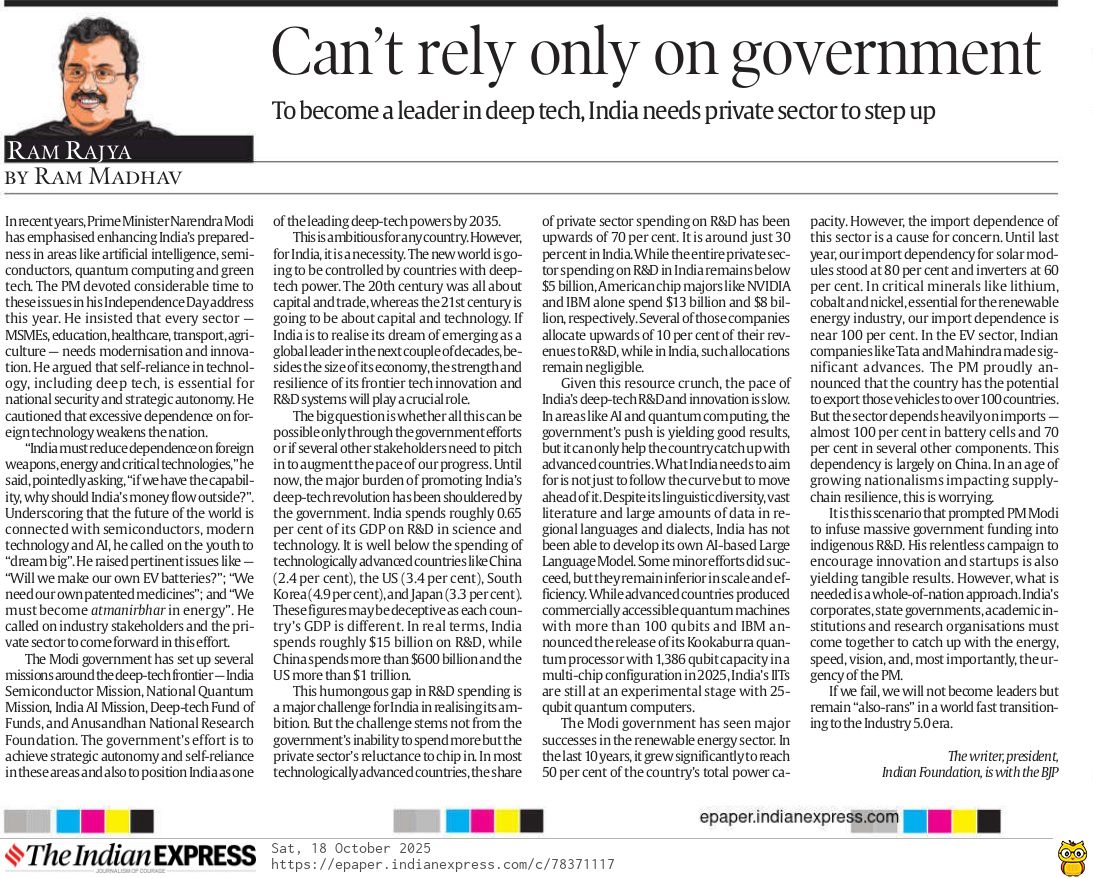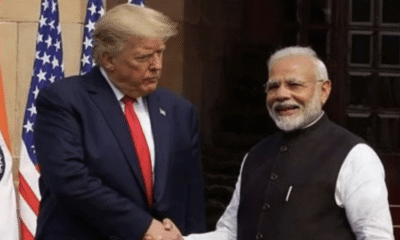
|
Getting your Trinity Audio player ready...
|
(The article was originally published in Indian Express on October 18, 2025 as a part of Dr Madhav’s column titled ‘Ram Rajya’. Views expressed are personal.)
In recent years, Prime Minister Narendra Modi is putting a lot of emphasis on enhancing India’s preparedness in deep-tech areas like artificial intelligence, semiconductors, quantum computing and green-tech. Prime minister devoted considerable time to those issues in his Independence Day address this year. He insisted that every sector – MSMEs, education, healthcare, transport, agriculture, or the farming sector – needs modernization and innovation with an emphasis on integrating technology. He argued that self-reliance in technology, including deep-tech, is essential for national security and strategic autonomy. He cautioned that excessive dependence on foreign technology weakens the nation.
“India must reduce dependence on foreign weapons, energy and critical technologies” he said, pointedly asking “if we have the capability, why should India’s money flow outside?”. Underscoring that the future of the world is connected with semiconductors, modern technology and AI, he called upon the youth to “dream big”. He raised pertinent issues like – “Will we make our own EV batteries?”; “We need our own patented medicines”; and “We must become Atmanirbhar in energy”. He called upon the industry stakeholders and private sector to come forward in this effort.
In the last few years, Modi Government sought to give a major push in these areas by setting up several missions in deep-tech frontier – India Semiconductor Mission, National Quantum Mission, India AI Mission, Deep-tech Fund of Funds, and Anusandhan National Research Foundation. Government’s effort was to achieve strategic autonomy and self-reliance in these areas and also to position India as one of the leading global deep-tech powers by 2035.
This is an ambitious and tall order for any country. However, it is no longer an option for India anymore; it is rather a compulsion. The new world is going to be controlled by countries with deep-tech power. The 20th century was all about capital and trade whereas the 21st century is going to be about capital and technology. If India were to realize its dream of emerging as a global leader in the next couple of decades, besides the size of its economy, the strength and resilience of its frontier tech innovation and R&D systems too will play a crucial role.
The big question is whether all this can be possible only through the governmental efforts or several other stakeholders too need to pitch in to augment the pace of our progress in these areas. Until now, the major burden of promoting India’s deep-tech revolution was shouldered by the government. India spends roughly around 0.65 percent of its GDP on R&D in science and technology. It is well below the spending that technologically advanced countries like China (2.4 percent), US (3.4 percent), South Korea (4.9 percent), and Japan (3.3 percent). These figures may be deceptive as each country’s size of GDP is different. In real terms, India spends roughly $ 15 billion on R&D while China spends more than $ 600 billion and USA more than $ 1 trillion.
This humungous gap in R&D spending is a major challenge for India in realising its ambition. But the challenge stems not from government’s inability to spend more but the private sector’s reluctance to chip in. Whereas in most technologically advanced countries, share of private sector corporate spending on R&D has been upwards of 70 percent, it is just around 30 percent in India. While the entire private sector spending on R&D in India remains below $ 5 billion, American chip majors like NVIDIA and IBM alone spend $ 13 billion and $ 8 billion respectively. Several of those companies allocate upwards of 10 percent of their revenues on R&D while in India such allocations by corporates remain negligible.
Given this resource crunch, pace of India’s deep-tech R&D and innovation remains slow and stunted. In areas like AI and quantum computing, governmental push is yielding good results, but it can only help the country in catching up with the advanced countries. What India needs to aim for is to not just follow the curve but go ahead of it. Despite richness of linguistic diversity, vast literature base and humongous data availability in regional languages and dialects, India has not been able to develop its own AI based Large Language Model – LLM. Some minor efforts did succeed but they remain inferior in scale and efficiency. While advanced countries produced commercially accessible quantum machines with more than 100 qubits and IBM announced release of its Kookaburra quantum processor with 1386 qubits capacity in a multi-chip configuration in 2025, India’s IITs are still at an experimental stage with 25 qubit quantum computers.
Narendra Modi government achieved major success in renewable energy sector. In the last ten years this sector grew significantly to reach 50 percent of country’s total power capacity. However, import dependency of this sector is a cause for concern. Until last year, our import dependency for solar modules stood at 80 percent and inverters at 60 percent. In the area of critical minerals like lithium, cobalt and nickel essential for renewable energy industry, our import dependence is near 100 percent. In the EV sector, Indian companies like Tata and Mahindra made significant advances. Prime minister proudly announced that country has potential to export those vehicles to over 100 countries. But the sector depends heavily on imports – almost 100 percent in battery cells and 70 percent in several other components. This dependency is largely on China with others like US and Europe coming far behind. In an age of growing nationalisms impacting supply-chain resilience, this is a major cause for worry.
It is this scenario that prompted Modi to infuse massive government funding into indigenous R&D in several of these sectors. His relentless campaign to encourage innovation and startups is also yielding tangible results. However, most important necessity is whole-of-nation approach. India’s corporates, state governments, academic institutions and research organisations must all come together to catch up with the energy, speed, vision, and, most importantly, the urgency of the prime minister.
If we fail, we will not become leaders but remain “also-rans” in the world fast transitioning into industry 5.0 era.




